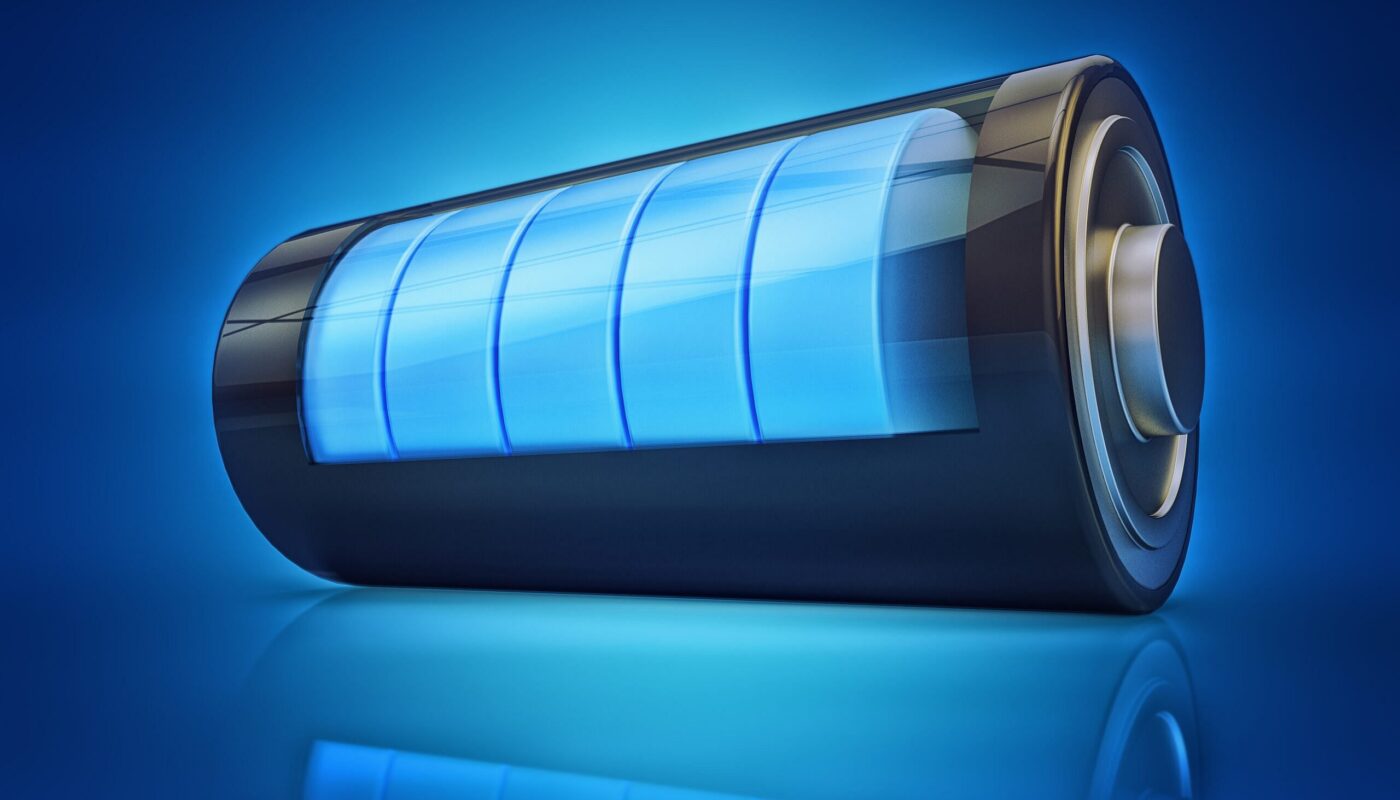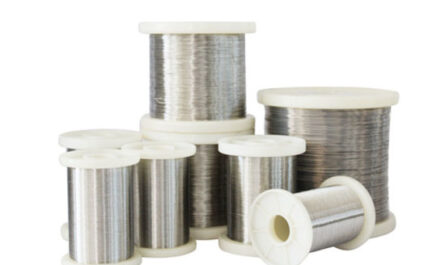What are Flow Batteries?
Flow batteries store energy in chemical solutions containing electrolytes rather than solid materials like lithium-ion batteries. Energy is provided by redox reactions of the electrolytes, which are stored in external tanks connected to the electrochemical cell where the reactions take place. This separation of the energy storage system from the power generation system is a major advantage of flow batteries and allows for scalability not seen in conventional batteries.
Two Main Types of Flow Batteries
There are two main types of flow batteries – vanadium redox flow batteries (VRFBs) and zinc-bromine Flow Battery. VRFBs use vanadium ions in different oxidation states as the electrolytes while zinc-bromine batteries use zinc and bromine dissolved in the electrolytes. VRFBs currently dominate the market due to better commercial availability but zinc-bromine batteries have higher energy densities. New chemistries based on organic molecules and multivalent metals are being researched to further improve performance.
How Flow Batteries Work
In a typical Flow Batteries setup, the two electrolyte solutions containing the active chemical species are stored in external tanks connected to the electrochemical cell by pumps. The cell contains two electrodes – usually graphite felt – separated by an ion-selective membrane. During charging, an electrical current is applied which causes the active species to undergo redox reactions at the electrodes – oxidation at the anode and reduction at the cathode. The ions formed are stored in their respective electrolyte tanks. During discharging, the process is reversed generating electricity. The electrolyte solutions act as the energy storage medium and their volumes determine the capacity independent of the size of the electrochemical cell.
Advantages of Flow Batteries
The most significant advantage of flow batteries is their decoupling of power and energy capacity which allows independent scalability of these parameters by changing the size of electrolyte tanks or the electrochemical cell. This gives them an economic advantage for large-scale energy storage applications. They also have very good cycle life achieving tens of thousands of charge-discharge cycles with minimal degradation. Flow batteries have flexible operating lifetimes from hours to days depending on the size of electrolyte tanks. They work best for medium to large-scale stationary storage suited for renewable energy integration, grid ancillary services, and off-grid applications. Flow batteries do not suffer from problems like thermal runaway or dendrite formation seen in lithium-ion batteries.
Challenges for Flow Battery Commercialization
While flow batteries offer promising characteristics for large-scale energy storage, their high system costs have hindered widespread commercial adoption compared to lithium-ion batteries. The electrolyte solutions, specialized pumps and plumbing add to expenses. VRFBs suffer from relatively low energy density requiring larger electrolyte volumes. Their efficiencies even at peak performance are lower than lithium-ion batteries reducing round-trip efficiency. Durability and lifetime also vary depending on operating conditions and further testing data is required. While R&D is focused on new higher energy density chemistries, flow batteries still need further technological improvements and cost reductions to compete in price-sensitive applications dominated by lithium-ion batteries currently.
Future Prospects
However, flow batteries have clear benefits for multi-hour stationary storage that play a crucial role in renewable energy integration and microgrid applications. Their safety, flexibility, lifespan and scalability make them attractive for utilities and off-grid renewable power projects. As the demand for such large-scale storage solutions increases with increasing renewable capacity additions worldwide, flow batteries have a strong value proposition. Research continues on new chemistries, cell components, and electrolyte formulations to boost performance while reducing costs. Several companies offer commercial VRFB systems and some electricity providers have deployed multiple megawatt-hour flow battery projects showing technical viability and economic feasibility. With further technology advancements and manufacturing scale-ups in the coming years, flow batteries have a promising future in transforming the renewable energy landscape.
Note:
1. Source: Coherent Market Insights, Public sources, Desk research.
2. We have leveraged AI tools to mine information and compile it.




